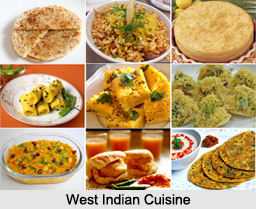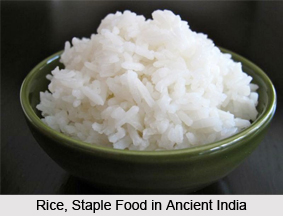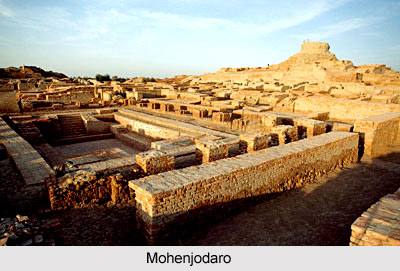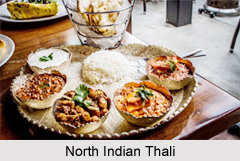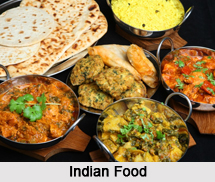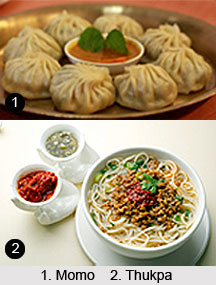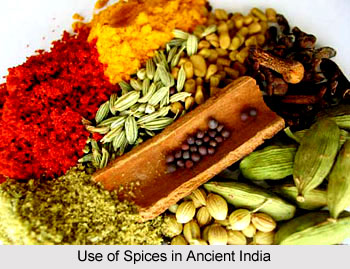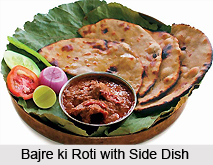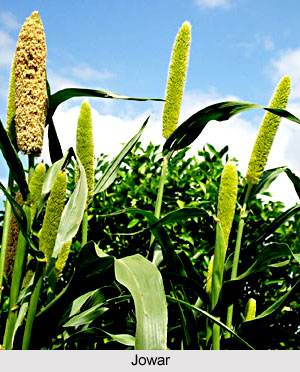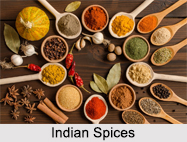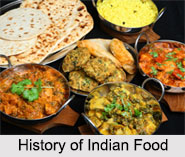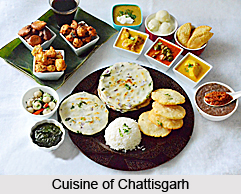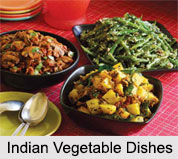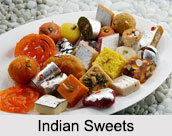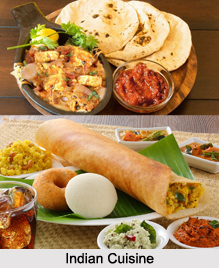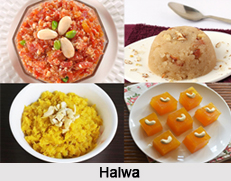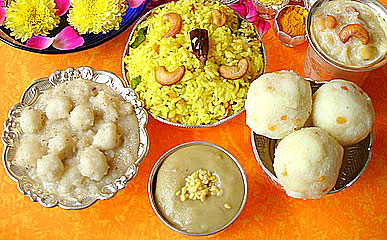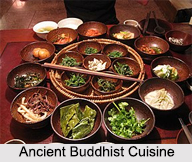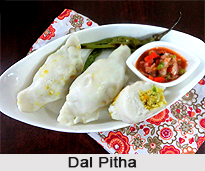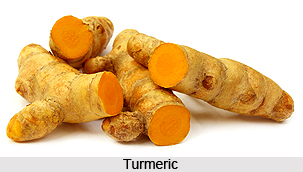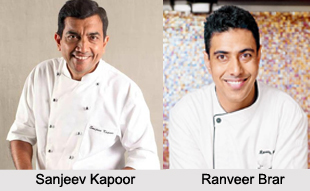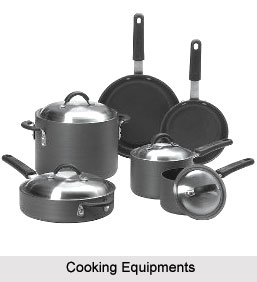 Indian cooking is done with the help of some traditional cooking equipments which are used in most of the Indian kitchens. The equipments are simple and are made of different metals. The genius of Indian utensils lies in their adaptation to a multitude of functions, thus reducing their number to a bare minimum.
Indian cooking is done with the help of some traditional cooking equipments which are used in most of the Indian kitchens. The equipments are simple and are made of different metals. The genius of Indian utensils lies in their adaptation to a multitude of functions, thus reducing their number to a bare minimum.
The Indian cooking equipments includes handleless saucepans with rim attached with handleless flat lid for general cooking. This is also called “pateela†and “dhakkan†respectively in local language. They are especially good for frying onions, garlic and ginger; cooking with dried fruits and nut butter; or cooking down milk for milk fudge as all these substances have a tendency to stick to the bottom of the pan. They are also ideal for pot-roasting dishes that have very little liquid. An Indian wok or “kadhai†for frying (Indian kitchens usually have two types: one deep, and narrow across the top, used for deep frying; the other shallow, and broad across the top, used for stir-frying). The Indian “kadhai†looks like a round-bottomed casserole and is immensely useful for deep frying and stir-frying veget¬ables. It requires much less oil than a deep-fryer or a frying pan because of its shape. A cast-iron “kadhai†needs to be seasoned before being used for the first time, in the same way a wok is for Chinese dishes.
Apart from these the Indian kitchen needs spoons for stirring that are called “karchiâ€, a shallow, flat-bottomed platter “paraath†that is 30 to 60 cm/12 to 24 inches in diameter with a 7.5-cm/3-inch-high rim. This all-purpose utensil is used for preparing vegetables for cooking, cleaning rice and "dal" and, most importantly, for mixing and kneading bread dough. A flat round marble or wooden board that is known as “chaklaâ€, a wooden rolling pin that is called “belan†for rolling bread and a handleless iron griddle called “tava†for making bread are found in the Indian kitchen. The Indian women use a flat grinding stone (sil) with a triangular stone (batta) for grinding herbs and wet seasonings, a grain-mill or "chakki" is used for grinding spices, "dal", grain and other dry ingredients.
In addition to these items, Indian kitchen equipments include long, sharp knives or "chakoo", a sieve or "chalni" for cleaning and sifting ingredients, a vegetable grater also called "kaddoo-kas", a coconut grater or "narial-kas", a pottery or brass jug (ghara) used for storing water, dinner plates (thali) and bowls (katoori) for serving the meal, made of brass, stainless steel, silver and even gold.
In India almost all cooking is done on top of the stove. In classic Indian cooking the involvement of these cooking equipments are noticed. People of some parts of India use "tandoor" which is used for bulk cooking, and therefore is found in the neighbourhood restaurants of North India and in fancy restaurants throughout India and in other parts of the world.
